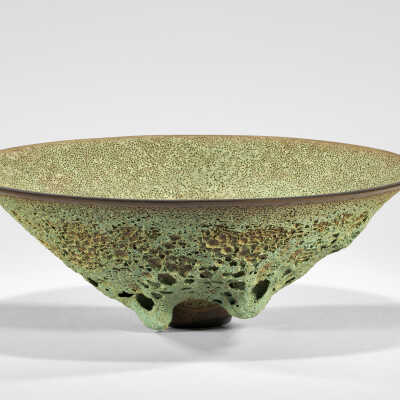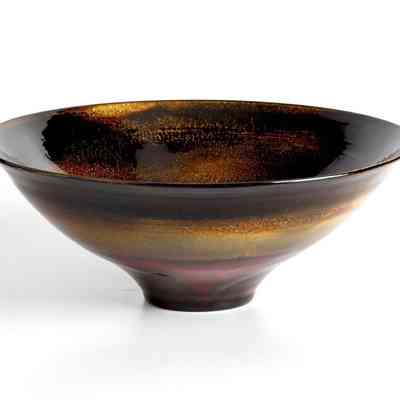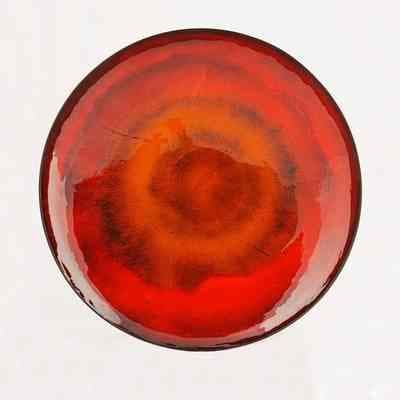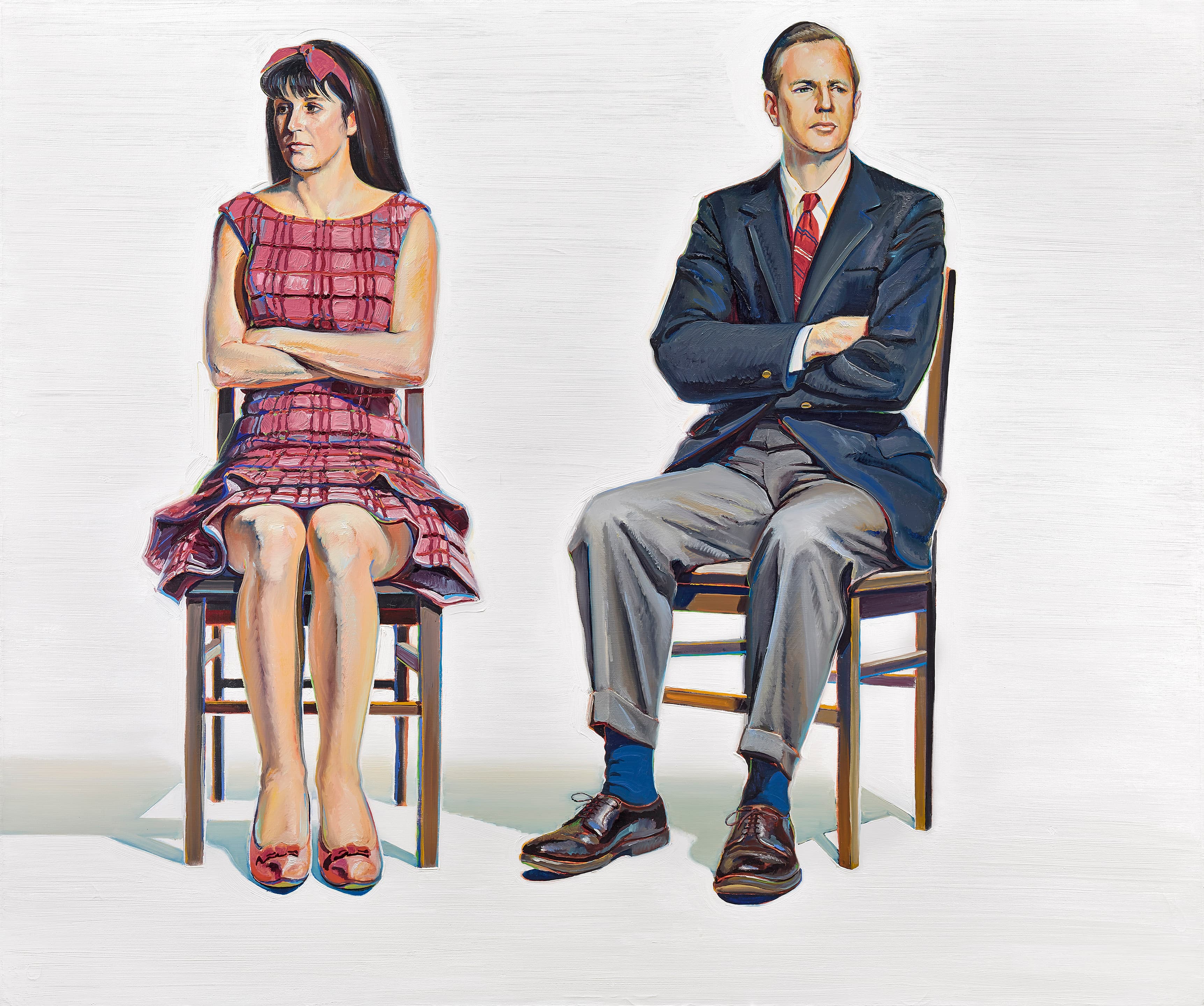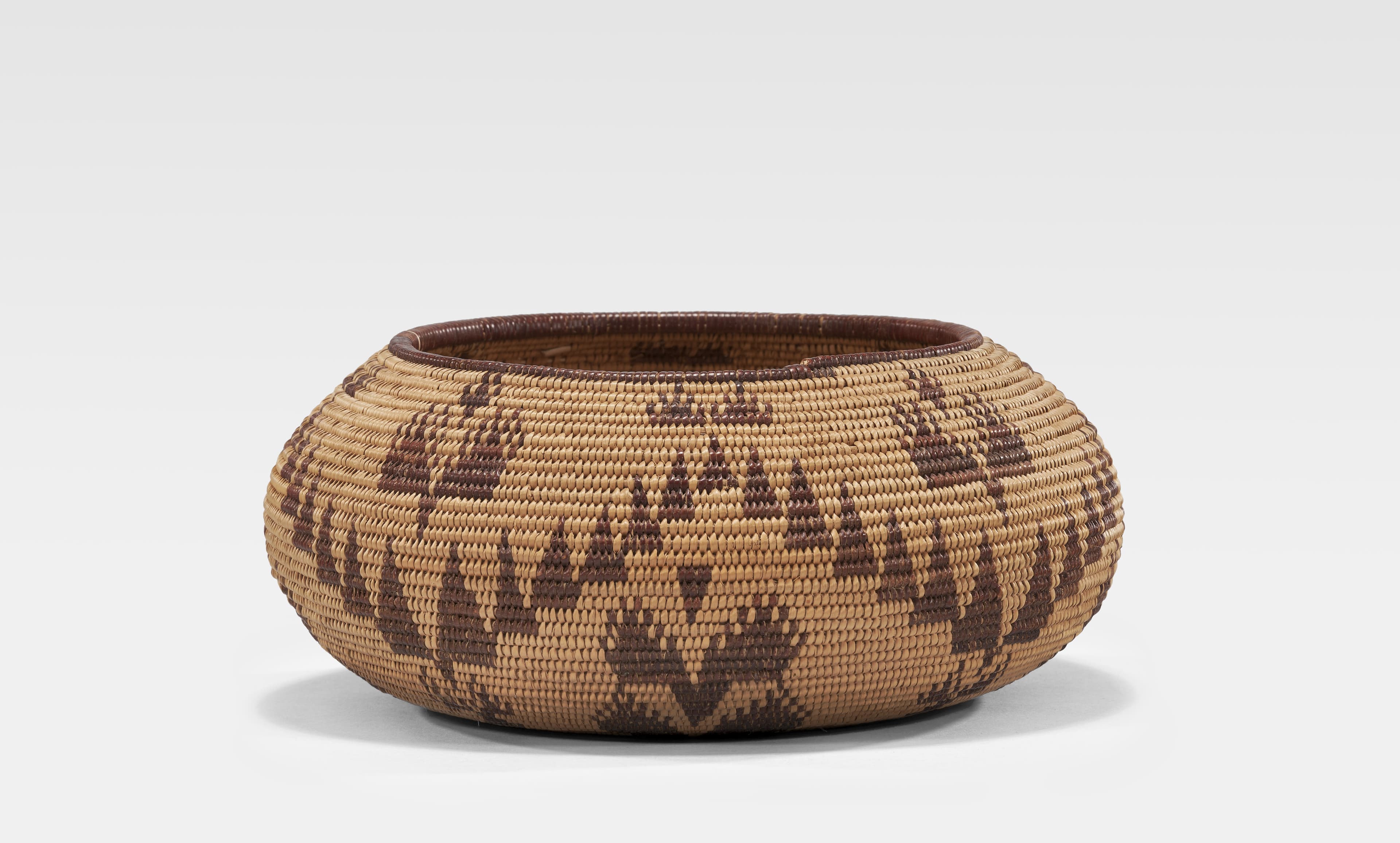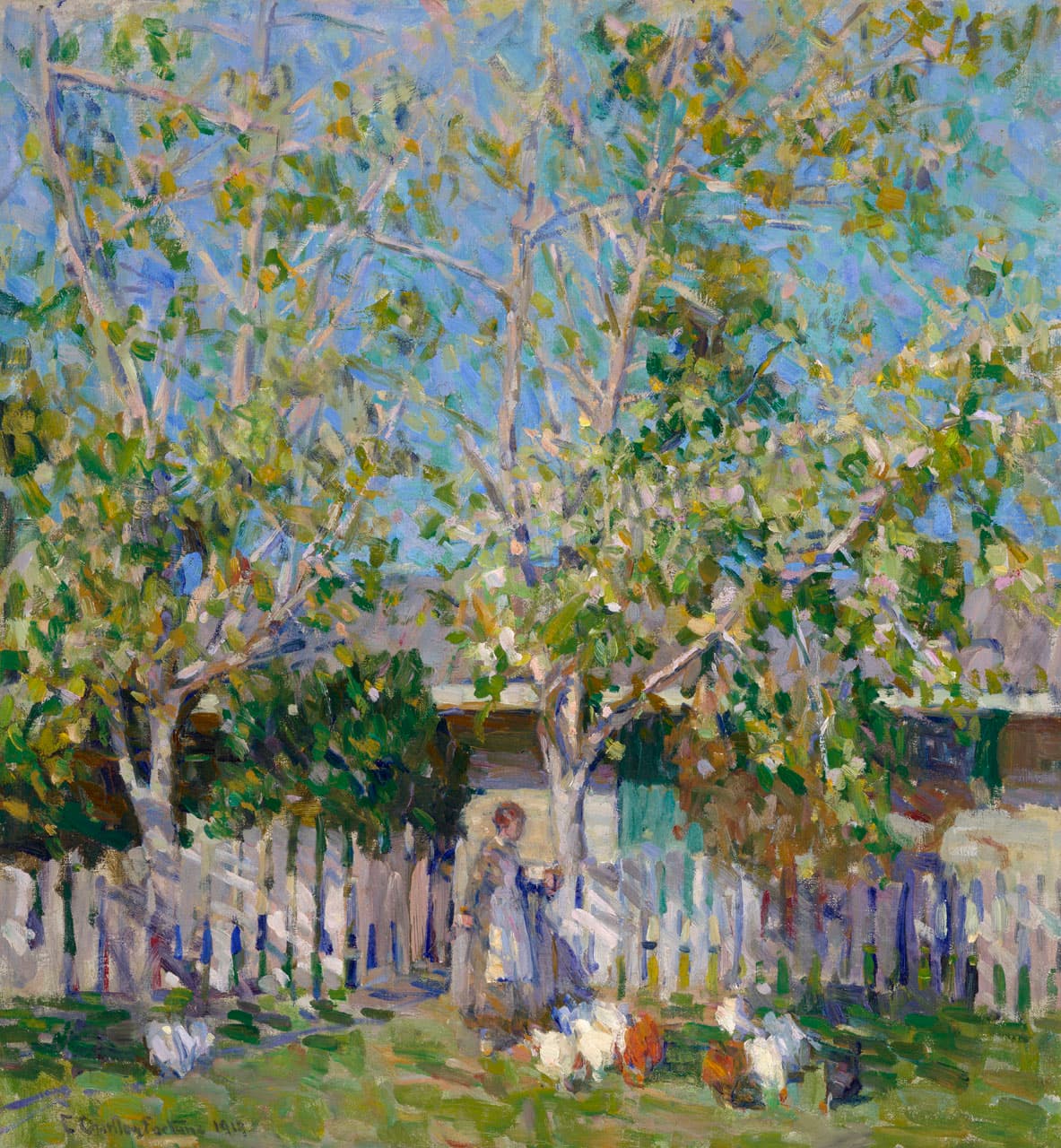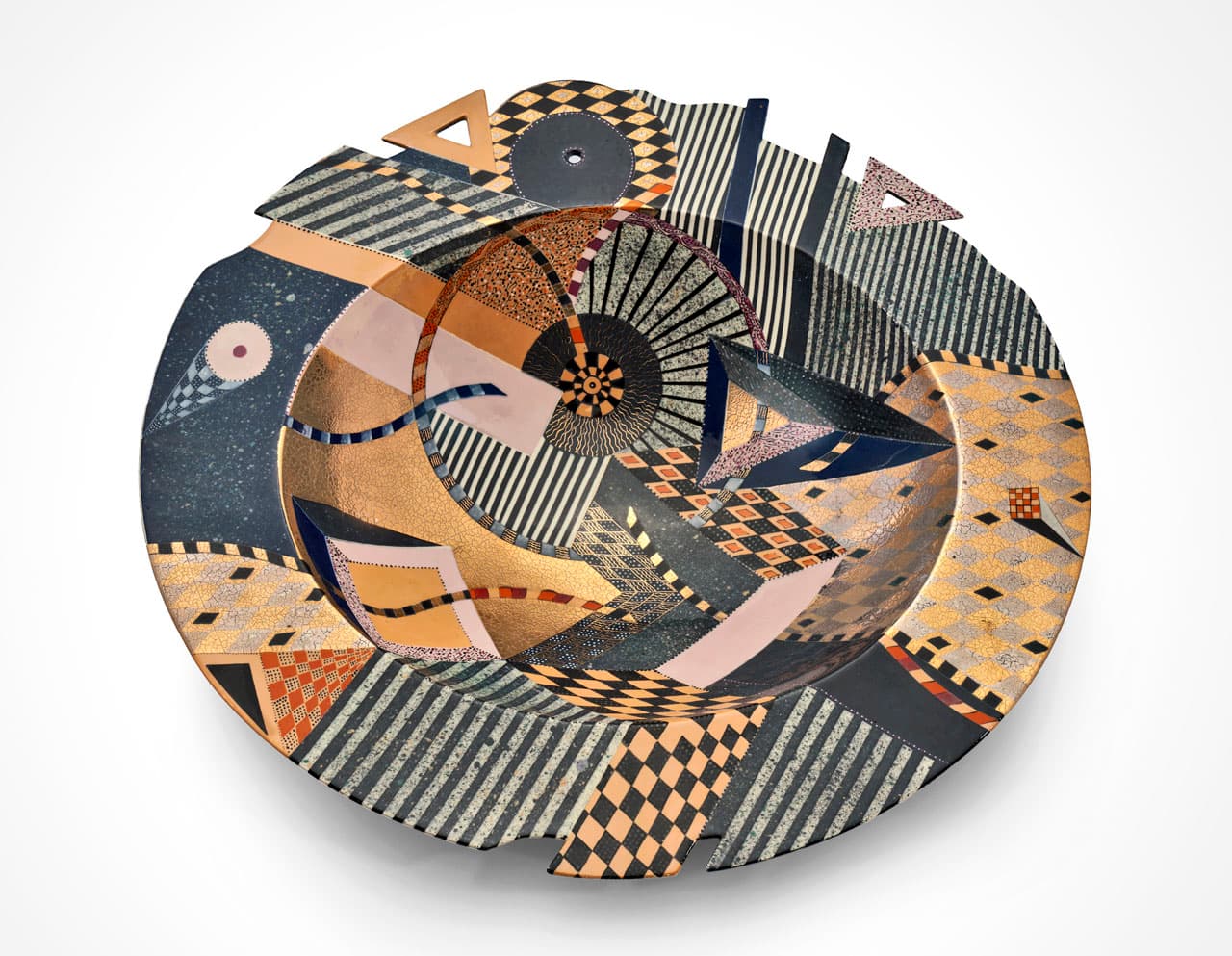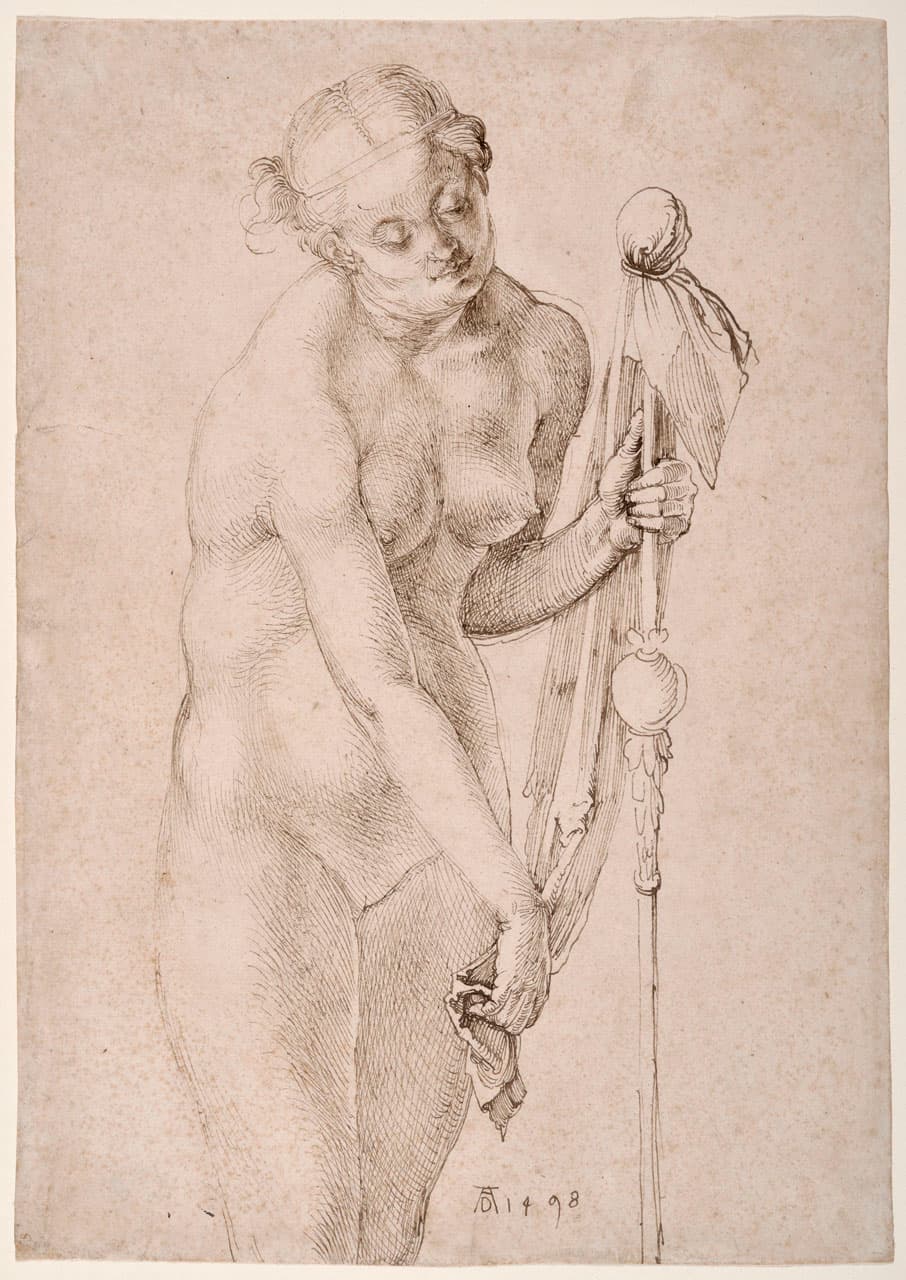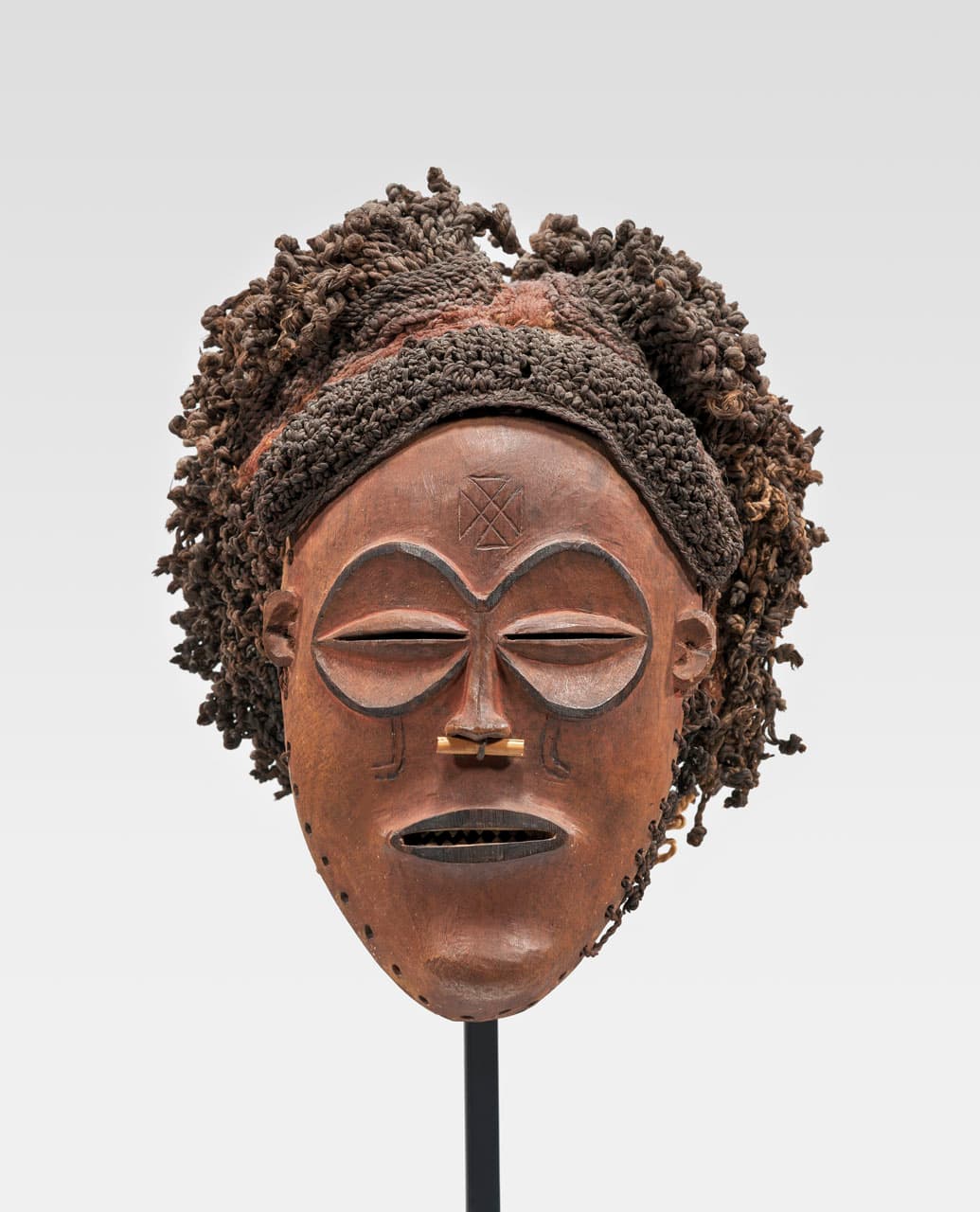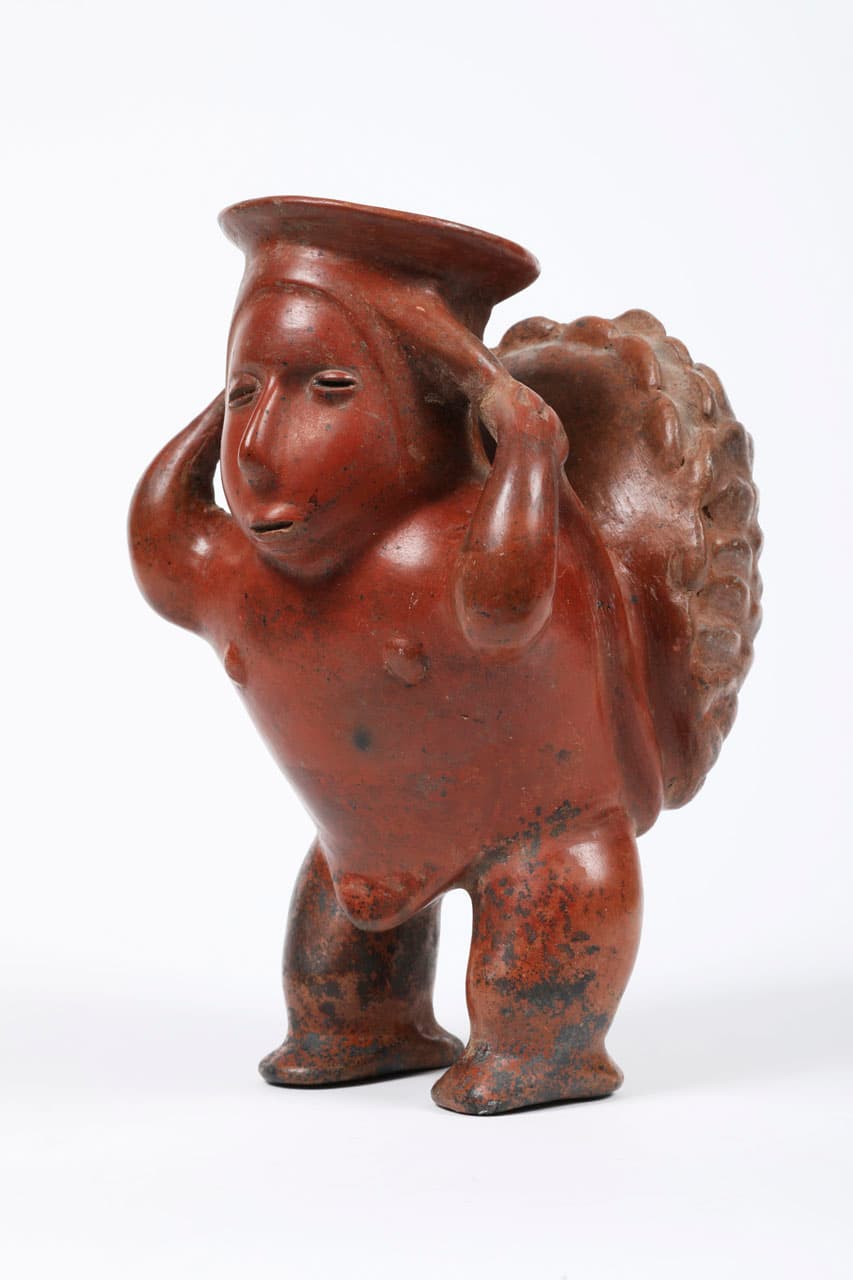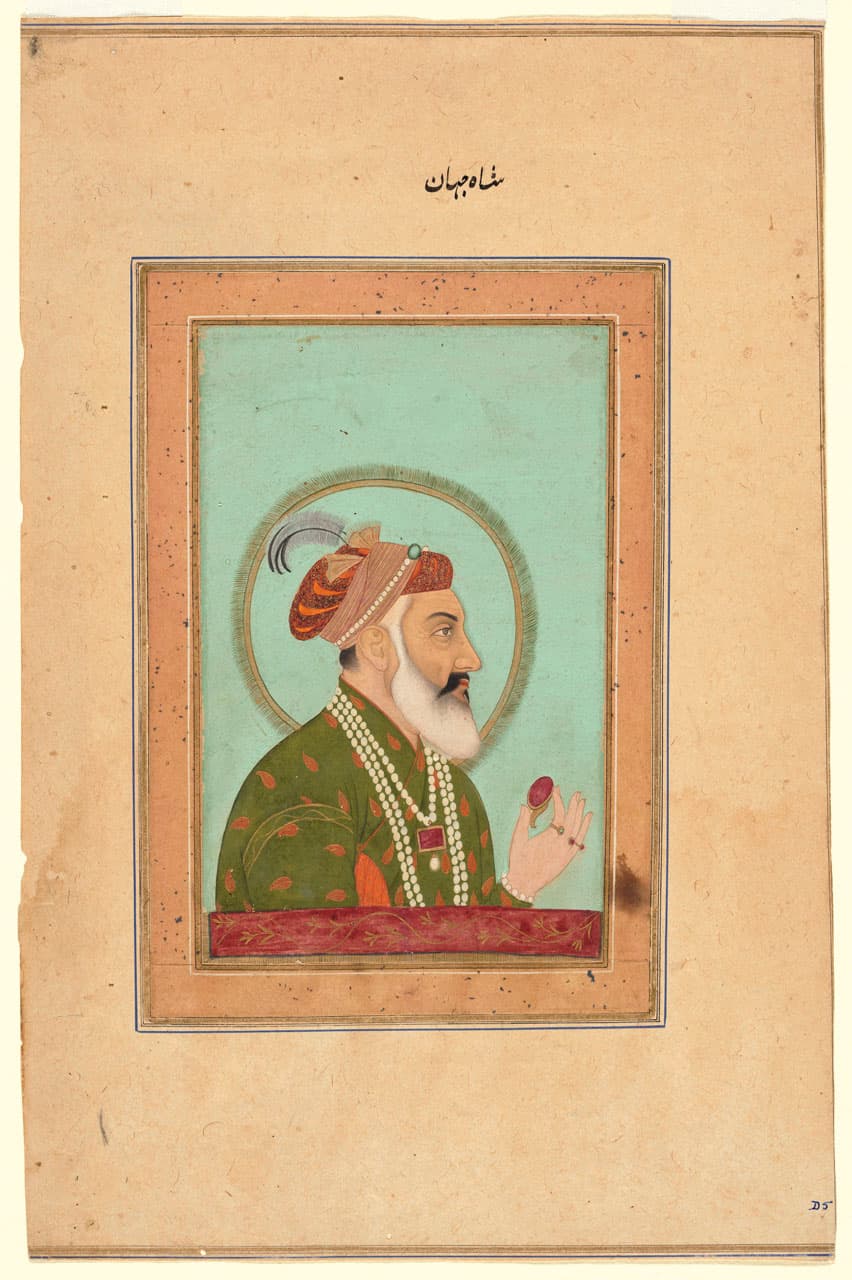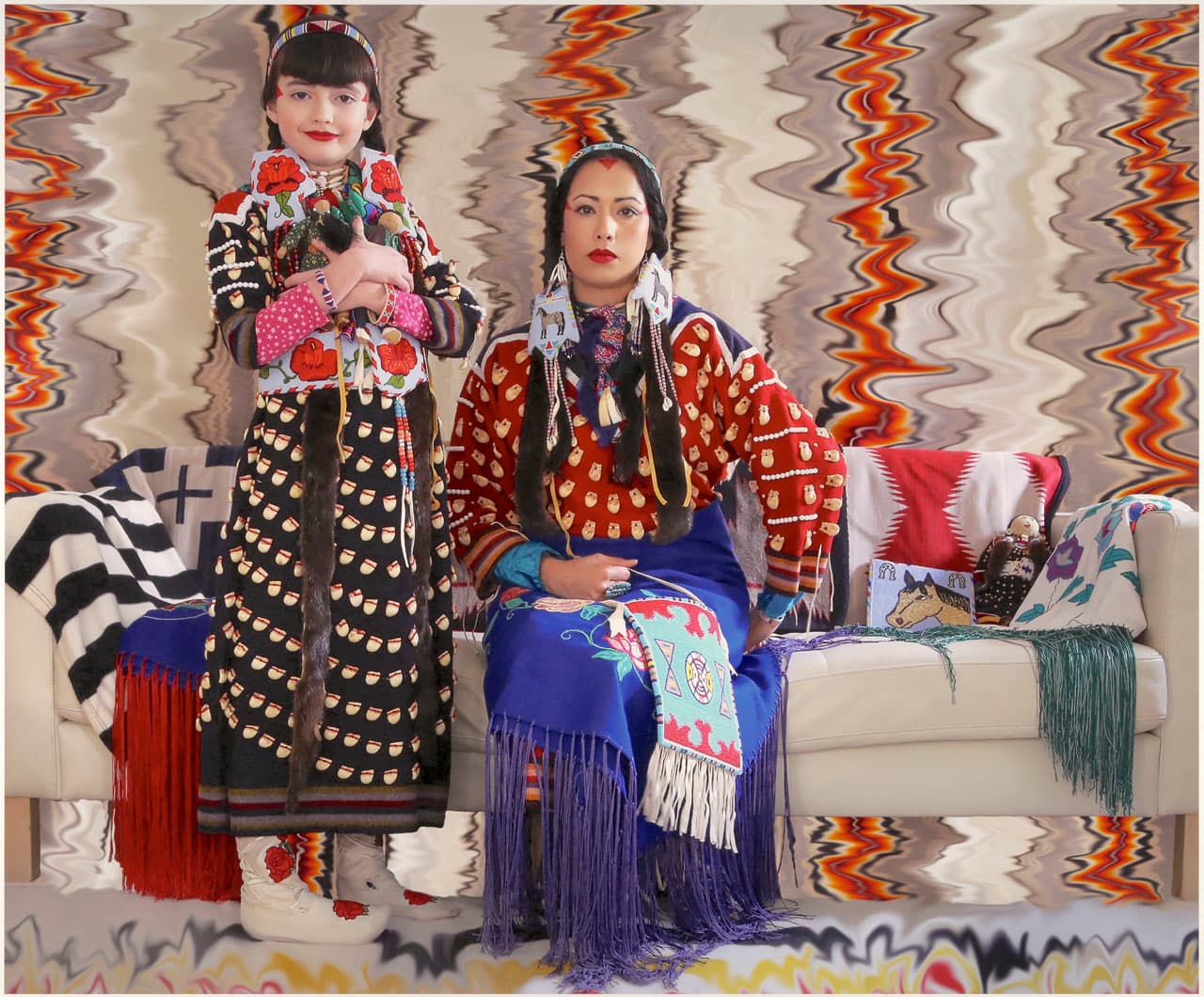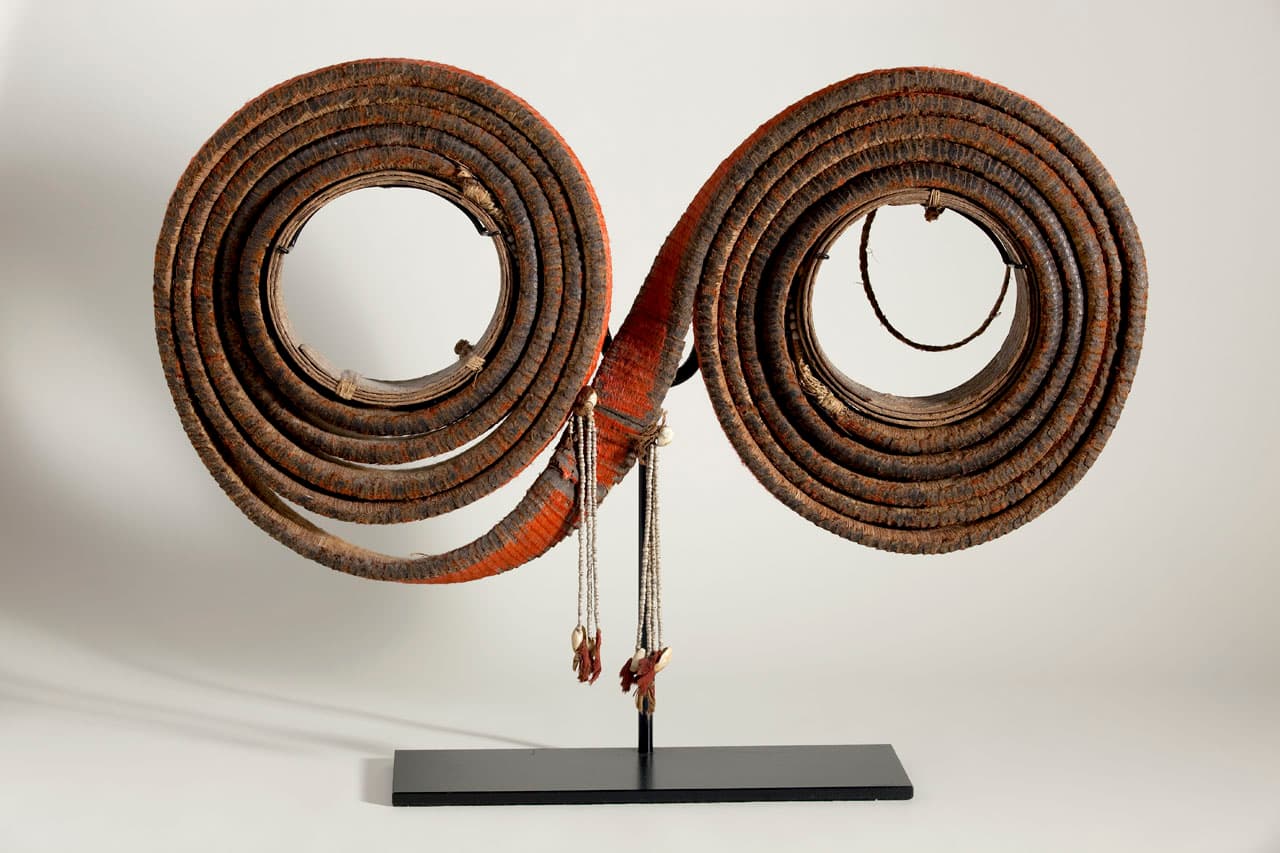James Lovera
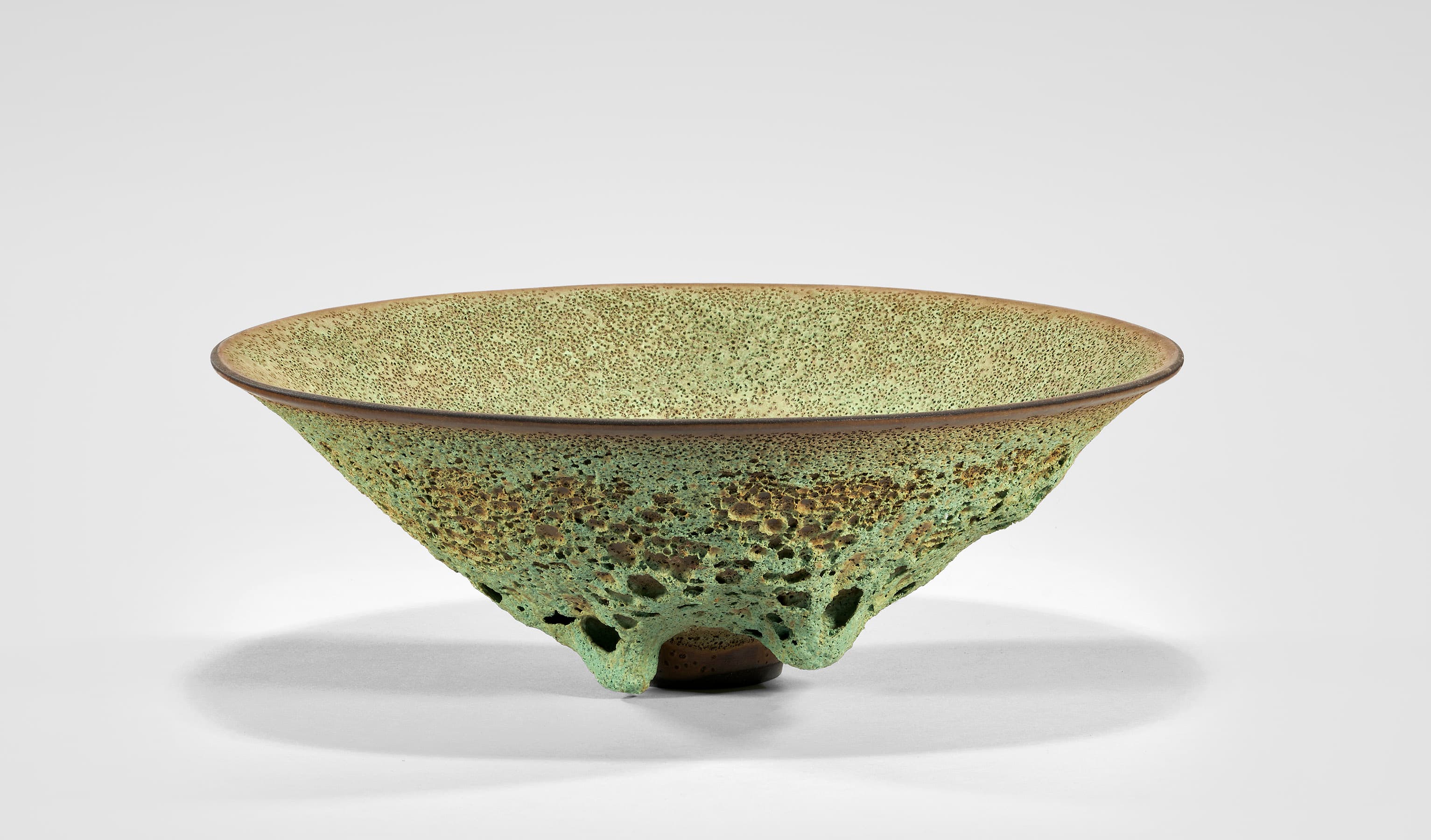
American, 1920—2015
About James Lovera
James Lovera was born in San Lorenzo, California in 1920. He studied at the California School of Fine Arts in San Francisco (later San Francisco Art Institute) and graduated in 1942. He also studied with famed potter Margarete Wildenhain at Pond Farm in Sonoma. After a short stint studying education at University of California, Berkeley, Lovera set up a studio in San Lorenzo and begin experimenting with decorative forms. In 1945 he was contracted by the California Pottery Company in Alameda County to test clay bodies and glazes for a dinnerware line.
In 1948, Lovera’s work was noticed by Marques Reitzel, head of the San José State College art department, who offered Lovera a summer course. Pleased with Lovera’s teaching, Reitzel asked him to remain on staff, eventually leading to a tenured teaching career.
Since premixed clay bodies and glazes were not yet commercially available for artists, Lovera developed his own clay bodies and glaze recipes. Throughout the 1940s and 1950s, he made decorative works to be sold at gift retailers in the Bay Area. These works included slip-cast birds made with simplified shapes as well as abstract forms that served as canvases for his unique glazes.
In 1949, the Museum of Modern Art became the first institution to purchase Lovera’s work for its permanent collection. And throughout the 1950s and 1960s, the clean lines and dramatic shapes of Lovera’s ceramics appeared in photo layouts for lifestyle magazines such as Interiors Magazine and House & Garden. Lovera was also featured in Ceramics Monthly and the Los Angeles Times.
In the 1960s, there was a shift in ceramics from pottery to sculptural expression with the rise of artists like Peter Voulkos, Stephen De Staebler, and Robert Arneson. This change affected university programs across the country, and San José was no different. Students veered away from thrown vessels and less importance was placed on glaze formulas. Lovera focused more on teaching design at this point and considered leaving the Bay Area. However, a trip to Japan in 1976 reaffirmed Lovera’s approach to ceramics. He returned and began to make his “flow glaze” vessels, finished with surfaces inspired by traditional Japanese glazes.
Lovera is best known for the crater glazes that he began to develop in the 1970s. In the 2000s, he returned to focusing on his crater glazes and pushed them to new extremes. When fired, rather than making a bubbled surface, his new crater glazes grew into a topographical coating that extended beyond the vessel’s form with large bubbles, craters, and dripping fingers of glaze. Lovera was central to California’s development of a vibrant and innovative ceramics tradition, and he shared his talents with generations of students. Lovera retired from teaching in 1986 and continued to live and work at his home in the Sierra Nevada foothills until his passing in 2015.
Notes:
Daniels, Diana L., and Robert D. Mowry. Craters from fire: ceramics by James Lovera. Crocker Art Museum, 2006.
